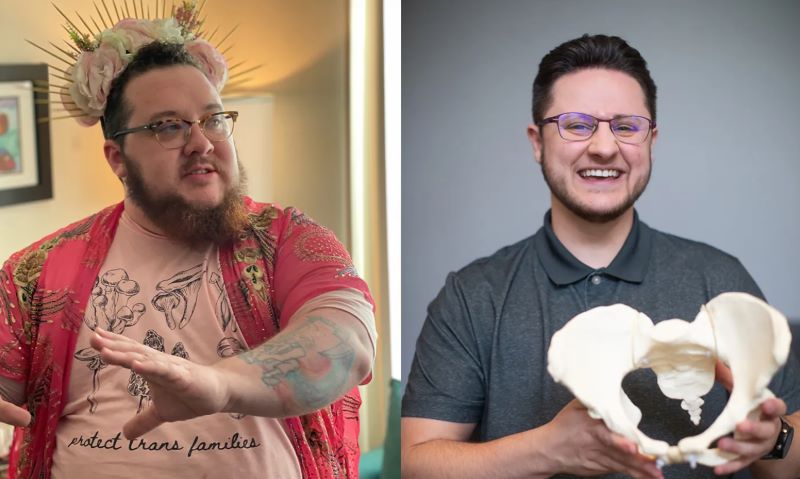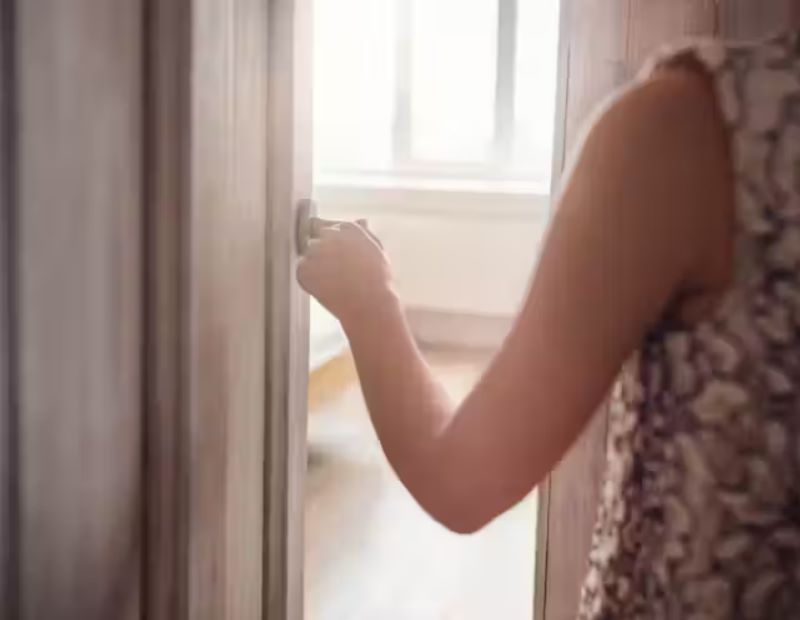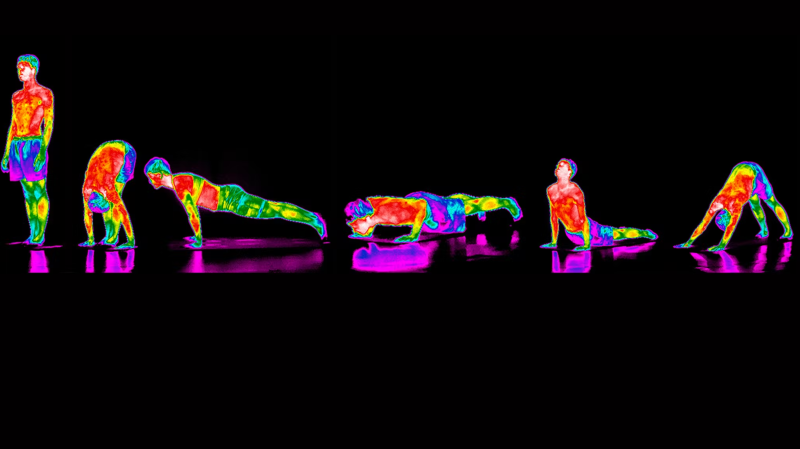

By Gabes Torres
Psychotherapist, organizer, and artist
Note: Whenever you read the terms BIPOC (Black, Indigenous, and people of color), racialized people, and racially marginalized, I mean them synonymously while understanding the distinctiveness of experiences and respective identities of racially oppressed peoples.
Whenever I refer to BIPOC, I refer to us as “we,” because I, the writer, identify as a person of color with collectivist inclinations in the way I use language.
Introduction
July is BIPOC Mental Health Month, a month that recognizes the mental health experiences and struggles unique to Black, Indigenous, and people of color in North America. Not many people know of this month, but whenever we hear about it, we typically read about the numbers on how many of us are experiencing mental illness and distress, the disparities within these numbers, how many of us are getting professional help, and how many are not. These reports aren’t inherently bad, but what doesn’t get discussed as often are the causes as to why mental illness and distress exist in the first place. The stats are over-reported, but the causes and contexts are under-reported. I suspect that this might be a way to exempt the system at large from being responsible for maintaining a capitalist and racist status quo, which consequently causes cumulative stress. By leaving these systemic causes unmentioned, it becomes easy to blame the patient of color for being sick and for staying sick—a form of racial gaslighting in clinical contexts. Whatever the agenda behind these reports (or the attempts to under-report), it has to be clear, at least here, that the causes for mental and emotional distress are systemic and societal for Black, Indigenous, and people of color.
There are countless stories and cases that back this up. We’ve seen systemic and structural racism in the media, heard or witnessed it from our families and communities, and experienced it ourselves. That said, this is not an essay that gives the trauma from racialized violence and White supremacy center stage, not to diminish its truth but to highlight other truths. More than exploring how BIPOC are disproportionately impacted in experiencing mental health issues, I’d like to focus on why we are also experiencing the challenges in accessing the support and care to address and tend to these issues.
A widely known reason why it is more challenging for BIPOC to access mental health services is racial poverty. Black and Indigenous communities have the highest poverty rates in the U.S., with Black Americans at 19.5% and Native Americans at 25.4% as of 2018 (the U.S. Census Bureau data on poverty for 2019–2020 does not show Native Americans or Alaska Natives as a category for a racial group; more information here). Latinx communities’ poverty rate has increased to 17% since 2020, and Asian communities’ to 8.1%. Therapy is expensive, and with the reality of racial inequity, the majority of racialized communities likely cannot afford it—or their insurance cannot adequately cover these sustained services.
Another reason why racialized communities do not pursue mental health services is our common suspicions toward therapy. For some of us, there is a historical stigma ingrained when it comes to the topic of mental illness. Years ago, when I talked with my family about the potential need for therapy due to depression and anxiety, they responded by labeling it as “a White people issue” or “First World problems.” They even went as far as indicating that my depressive episodes were a sign I wasn’t grateful enough for my family’s sacrifices and generosity, that I would still need extra help to get by in life. Other racialized families also have concerns around “family business,” where there’s an expectation to want to keep—or hide—issues of the family within the family. Looking back at it now, I know my feelings were invalidated, but in a way, I can see their point. It is hard for BIPOC to entrust their mental health struggles to an institution that is largely run by White people.
Although things are changing within mental health communities, only a few mental health professionals have competent awareness of cultural and racial identity, let alone incorporate this awareness in clinical treatment. This inaccessibility includes but is not limited to language barriers between therapist and client. Undocumented people from immigrant and diasporic communities also need to be vigilant around services with high degrees of surveillance, and therapists are expected to take this seriously as mandated reporters.
Racialized communities have generationally been suspect about whether therapy is meant for us, as these services are coming from a predominantly White institution that is as racist as other institutions in North America. For instance, the mental health industry is no stranger to a culture of punishment and policing, while also replicating environments of incarceration from that of the prison industrial complex.
“People with mental illnesses are severely over-incarcerated,” according to a study by forensic psychology practitioners Hannah Klukoff and Haleh Kanani. Their research shows that even though mental health institutions have become more humane compared with the asylums and psychiatric wards of the 1800s, the emphasis of confinement over care continues within mental health settings today. This is shown in the forced hospitalizations and involuntary treatments of mentally ill people, and Black and Indigenous populations are over-represented in these in-patient settings. The punitive structures of therapy settings are also seen in how mental health crises are handled, especially when people in crisis go through the health-care-to-prison pipelines. Again, Black, Indigenous, and disabled peoples are over-represented in these settings.
What do we do with what we know? Therapy can be very helpful, but we have to remember that therapy is not the standard nor the only place to find healing and safety. Therapy has benefited numerous lives to develop a strong self-awareness in light of their background and trauma, and it is also not the only setting where this type of transformation can occur.
In de-pedestalizing therapy, how can we pursue resources and foster spaces of healing that reside outside the institution and are instead led by BIPOC communities? What if the medicine we are looking for has been within us and our communities all along?
Rhythm and Ritual
There are medicinal properties to reverence and repetition. This has to be navigated delicately, because many racialized individuals have been harmed by organized religion. We can recognize this while also reimagining and recreating our sense of spiritualities without retaining the outdated structures of religion based on shame, punishment, misogyny, homophobia, and transphobia.
The spiritual traditions of BIPOC have components of embodiment (dancing, meditation, breath work), rhythm or repetition (chanting, altar-setting, ceremony), and connecting with one’s community and with a higher being (prayer, visiting temples or sanctuaries). These elements make up so much of the healing practices in the wellness industry today—a majority of which were banned during colonization but are now used and appropriated by White practitioners. (An example of this is how non-Indigenous peoples have appropriated smudging.)
What is it like to reclaim the traditions and the sense of spirituality based on your lineage or your ancestors’ sacred medicine and traditions? And if you have already reclaimed them, what is it like to reflect on how these traditions and medicine have always served as invitations to strengthen your connection to your roots and ancestry?
A Sense of Interconnectedness
One of the strengths BIPOC communities have is our strong sense of collectivism. Compared with the hyper-individualized West, we have an innate understanding that we are who we are based on the life and safety of our community members. We have an inner knowing that when one is suffering, so is the whole. Therefore, we intervene as best we can.
There are so many names from many languages that embody this concept. In Tagalog, we call this kapwa. Kapwa means the shared self, or “an inner self shared with others.” In South African philosophy, this kind of inter-relatedness is called ubuntu, which means “a person is a person through other persons.”
There is a powerful co-regulating component to interconnectedness, where our bodies reach a degree of homeostasis or state of safety when our nervous system attunes with another. This is especially beneficial to individuals who have difficulty managing their internal world (emotional responses, self-image, etc.). Having others to co-regulate with may increase their capacity to manage and understand their inner life, and therefore be able to relate with the external world.
We can be mindful of this while also being careful of enmeshment—the extreme end of collectivism—where we forfeit our unique selfhood for the sake of the collective. The hope is to be united rather than to be uniform. The goal is not sameness. To refer back to the earlier definitions, we remember that there is an emphasis on the distinct self as much as there is with the community.
Ancestral Medicine
Whenever I teach about finding our ancestral medicine, BIPOC participants sometimes anticipate the most grand or even otherworldly answers. I can understand this, because this used to be me. But what I’ve come to find in my work and my personal formation is that ancestral medicine might exist in our everyday lives already. In fact, our medicine might already be in our cupboards, pantries, and refrigerators.
I am one of the Filipinos who lightly picks on my parents for using Vicks VapoRub for every sickness that could possibly exist. What I have underestimated is that the menthol in Vicks has healing properties that relieve muscle strains, reduce inflammation, and alleviate fevers and even rashes. Menthol also lowers cortisol (a stress hormone) in the blood, which means it can reduce anxiety.
Many of the natural foods, drinks, ointments, and oils our parents and elders give us (in some cases, insist upon us) are anti-inflammatory and have medicinal properties. This could range from the green tea that has bioactive compounds, to the coconut oil my mother constantly tells me to gargle every night, only to find out later about its antimicrobial properties.
Is it possible that the compass guiding us toward our healing points us back to ourselves and our relationships? The relationships with our communities, the natural world, our roots, and our ancestors.
“You are not defective” is a refrain Resmaa Menakem speaks to the BIPOC community, specifically to Black women. What he means by this is that we exist in a system that causes, aggravates, and spotlights our trauma. We can choose to evolve and shift from this narrative. We can courageously confront and move through our pain from oppression, while also returning to the healing properties of who we are. How does that make us defective? We are more than just whole. We are the medicine.
Originally published by Yes! Magazine, 07.28.2022, under a Creative Commons Attribution-NonCommercial-NoDerivatives 4.0 International license.





